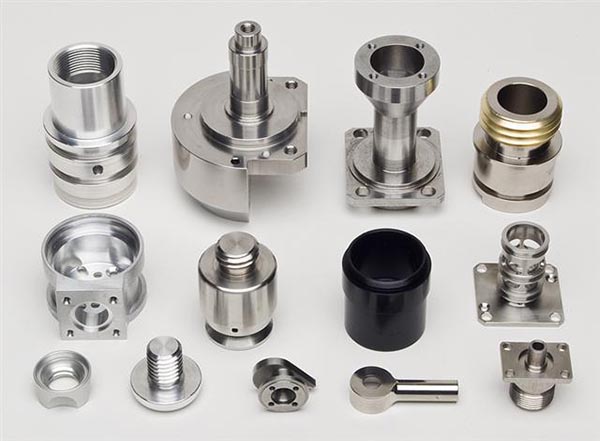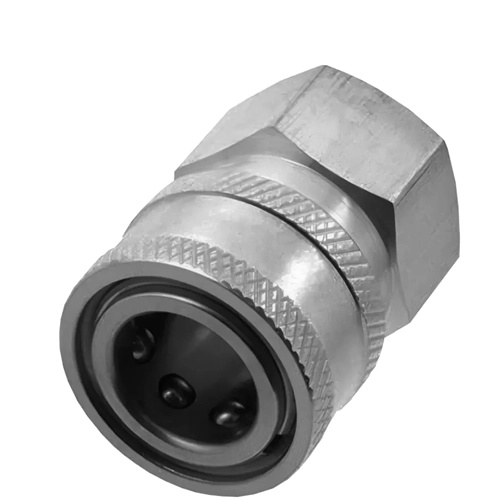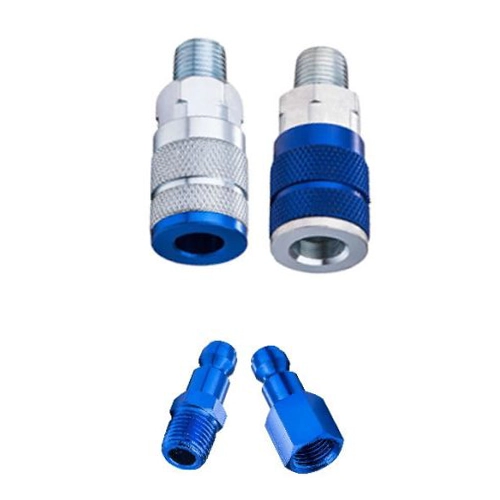Fundamentals of Heat Treatment for CNC-Machined Alloy Steel Components
Heat treatment is a critical process for optimizing the mechanical properties of CNC-machined alloy steel components, including hardness, strength, and ductility. By manipulating temperature profiles and cooling rates, manufacturers can tailor material behavior to meet specific application requirements. This process involves three primary stages: heating, holding at a target temperature, and controlled cooling. Each stage directly influences the final microstructure and performance characteristics of the component.
Understanding Microstructural Transformations
The effectiveness of heat treatment hinges on phase transformations in steel, governed by its iron-carbon diagram. For example, annealing involves heating alloy steel to 840–900°C (depending on carbon content) and slow cooling in a furnace. This reduces hardness from 30–35 HRC to 18–22 HRC, improving machinability by softening the material and relieving internal stresses. In contrast, quenching rapidly cools steel from 820–860°C in oil or water, achieving hardness values exceeding 50 HRC by locking in a martensitic microstructure. However, this increases brittleness, necessitating subsequent tempering.
Tempering addresses this trade-off by reheating quenched steel to 150–650°C. For instance, tool steel A2 quenched to 63–65 HRC can be tempered to 56–58 HRC, reducing brittleness while maintaining edge retention. This balance is crucial for applications like cutting tools, where hardness and toughness must coexist.
Process-Specific Techniques for Performance Optimization
Precision Control in Quenching and Tempering
Quenching introduces residual stresses that can warp components if not managed. To mitigate this, manufacturers use polymer quenching agents or interrupted quenching (e.g., marquenching), which cools steel partially in oil before air cooling. This technique reduces distortion while achieving high surface hardness. For example, 4140 alloy steel quenched in oil reaches 45–50 HRC, whereas water quenching may exceed 55 HRC but risks cracking.
Tempering parameters are equally nuanced. High-speed steel (HSS) used in end mills is triple-tempered at 540–560°C to stabilize carbide dispersion, enhancing wear resistance without sacrificing toughness. Similarly, aerospace components made from 300M steel undergo a two-step temper: 260°C for stress relief followed by 480°C to optimize strength-to-weight ratios.
Surface Hardening for Enhanced Wear Resistance
Surface treatments like carburizing and nitriding create hardened layers while preserving core ductility. Carburizing involves heating low-carbon steel (e.g., 1018) to 900–950°C in a carbon-rich atmosphere, producing a 0.5–2.5 mm case with 58–62 HRC hardness. This method is ideal for gears and shafts subjected to sliding wear.
Nitriding, performed at 480–580°C in ammonia gas, forms a 0.1–0.8 mm nitride layer with 1000–1200 HV hardness. Unlike carburizing, nitriding doesn’t require quenching, minimizing distortion. It’s widely used for valve components in high-pressure systems, where dimensional stability is critical.
Advanced Methods for High-Performance Alloys
Precipitation hardening (PH) alloys like 17-4 PH stainless steel combine high strength with corrosion resistance. The process involves solution annealing at 1040–1065°C, followed by aging at 480°C for 1–4 hours. This creates intermetallic precipitates that increase yield strength from 860 MPa (solution-treated) to 1310 MPa (aged), making it suitable for aircraft fittings and nuclear waste containers.
For ultra-high-strength applications, cryogenic treatment (e.g., -196°C) is employed post-quenching to convert retained austenite to martensite. This reduces micro-cracking under cyclic loading, extending tool life by 30–50% in high-speed machining of titanium alloys.
Process Integration in CNC Manufacturing Workflows
Pre-Machining vs. Post-Machining Heat Treatment
The timing of heat treatment depends on material properties and machining complexity. Soft materials like annealed 1045 steel are easier to machine but require post-processing quenching and tempering to achieve 45–50 HRC for automotive axles. Conversely, pre-hardened steels like P20 (28–32 HRC) are machined directly for mold-making, avoiding distortion risks from final hardening.
Stress Relief for Dimensional Stability
CNC machining induces residual stresses that can warp components during heat treatment. Stress relief annealing at 550–650°C for 2–4 hours reduces these stresses by 70–90%, ensuring flatness tolerances of ±0.05 mm are maintained in precision plates. This step is critical for medical implants, where dimensional accuracy directly impacts functionality.
Quality Assurance Through Non-Destructive Testing
Post-treatment inspections verify microstructural integrity. Hardness testing (e.g., Rockwell C) confirms target values, while ultrasonic testing detects subsurface cracks from quenching. For example, aerospace components undergo 100% inspection using eddy current methods to identify cracks as small as 0.1 mm in critical sections.
By integrating these techniques, manufacturers can produce CNC-machined alloy steel components with tailored properties, balancing hardness, toughness, and dimensional stability for demanding applications across industries.





